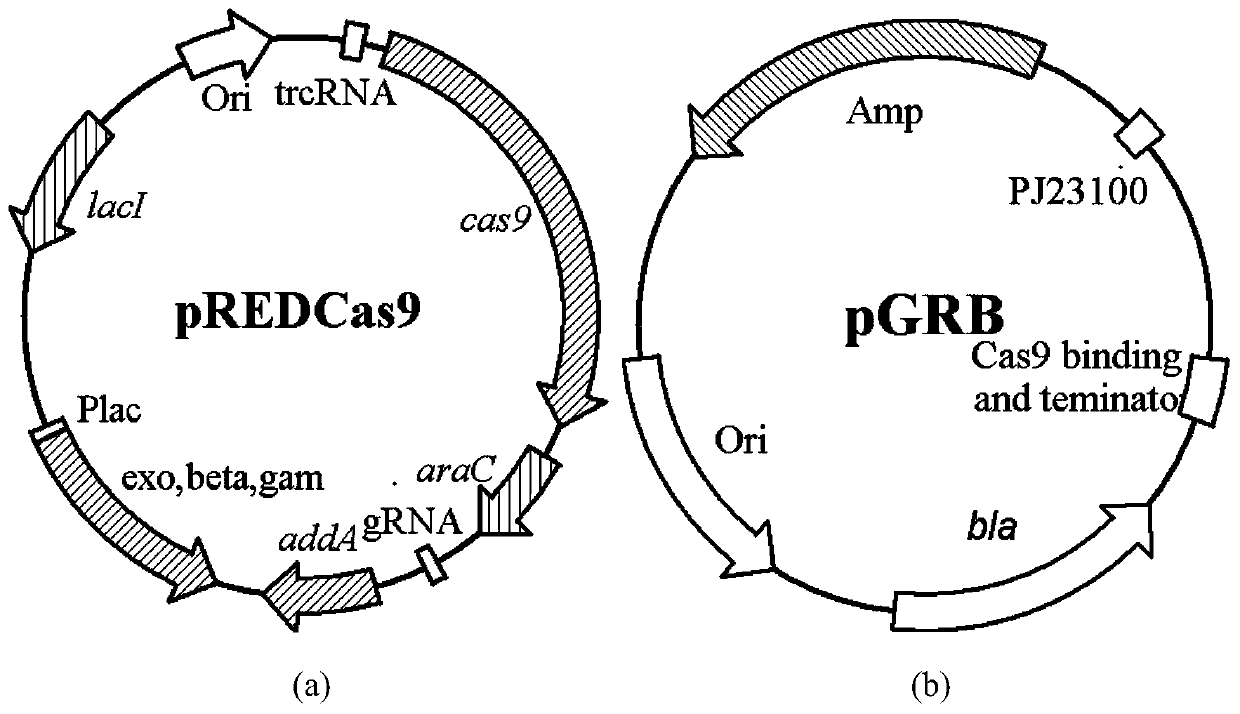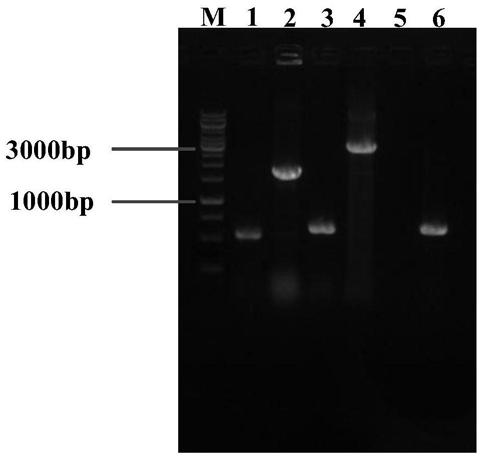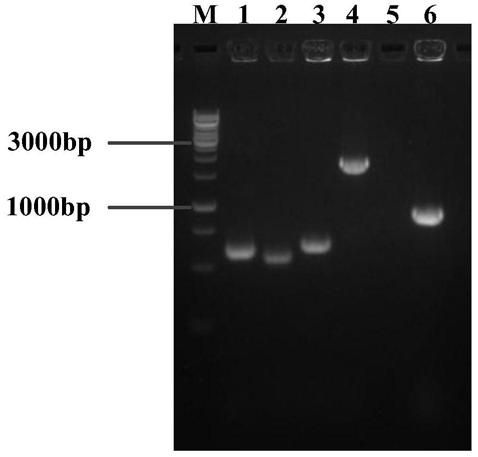High-yield L-histidine genetically engineered bacterium strain, constructing method and application thereof
A technology of genetically engineered bacteria and histidine, applied in the field of genetic engineering, can solve problems such as low fermentation performance that cannot meet the requirements of industrial production
- Summary
- Abstract
- Description
- Claims
- Application Information
AI Technical Summary
Problems solved by technology
Method used
Image
Examples
Embodiment 1
[0045] Construction of strain E.coli WHY3:
[0046] 1 Methods of gene editing
[0047] The gene editing method used in the present invention is carried out with reference to the literature (Li Y, Lin Z, Huang C, et al. Metabolic engineering of Escherichia coli using CRISPR–Cas9 edited genome editing. Metabolic engineering, 2015, 31:13-21.), the method used The two plasmid maps of the attached figure 1 . Among them, pREDCas9 carries gRNA expression plasmid pGRB elimination system, bacteriophage λ Red recombination system and Cas9 protein expression system, spectinomycin resistance (working concentration: 100mg / L), cultured at 32°C; pGRB uses pUC18 as the backbone, including the promoter J23100, gRNA-Cas9 binding region sequence and terminator sequence, ampicillin resistance (working concentration: 100mg / L), cultured at 37°C.
[0048] The concrete steps of this method are as follows:
[0049] 1.1 pGRB plasmid construction
[0050] The purpose of constructing the plasmid pGR...
Embodiment 2
[0109] The method for producing histidine by fermentation of genetically engineered bacteria E.coli WHY3 is as follows:
[0110] Slant culture: Streak inoculation of -80°C preserved strains on the activated slant, culture at 37°C for 12 hours, and passage once;
[0111] Shake flask seed culture: Scrape a ring of slanted seeds with an inoculation loop and inoculate in a 500mL Erlenmeyer flask containing 30mL seed medium, seal with nine layers of gauze, and incubate at 37°C and 200rpm for 6-8h;
[0112] Shake flask fermentation culture: Inoculate 10-15% inoculum into a 500mL Erlenmeyer flask with fermentation medium (final volume is 30mL), seal with nine layers of gauze, 37°C, 200r / min shaking culture, during the fermentation process by supplementing Add ammonia water to maintain the pH at 7.0-7.2; add 60% (m / v) glucose solution to maintain the fermentation; the fermentation period is 24-30h;
[0113] The composition of the slant medium is: glucose 1-5g / L, peptone 5-10g / L, beef...
Embodiment 3
[0126] Shake flask fermentation experiments with the bacterial strain E.coli WHY2-3 constructed in Example 1 and the bacterial strain E.coli WHY3:
[0127] The above-mentioned two strains adopt the method of shaking flask fermentation to produce L-histidine under the same conditions, specifically as follows:
[0128] Slant culture: Streak inoculation of -80°C preserved strains on the activated slant, culture at 37°C for 12 hours, and passage once;
[0129] Shake flask seed culture: Scrape a ring of slanted seeds with an inoculation loop and inoculate in a 500mL Erlenmeyer flask containing 30mL of seed medium, seal with nine layers of gauze, and incubate at 37°C and 200rpm for 8h;
[0130] Shake flask fermentation culture: Inoculate 15% inoculum into a 500mL Erlenmeyer flask containing fermentation medium (final volume is 30mL), seal with nine layers of gauze, culture at 37°C, 200r / min shaking, add ammonia water during fermentation Maintain the pH at 7.0-7.2; add 60% (m / v) glu...
PUM
 Login to View More
Login to View More Abstract
Description
Claims
Application Information
 Login to View More
Login to View More - R&D
- Intellectual Property
- Life Sciences
- Materials
- Tech Scout
- Unparalleled Data Quality
- Higher Quality Content
- 60% Fewer Hallucinations
Browse by: Latest US Patents, China's latest patents, Technical Efficacy Thesaurus, Application Domain, Technology Topic, Popular Technical Reports.
© 2025 PatSnap. All rights reserved.Legal|Privacy policy|Modern Slavery Act Transparency Statement|Sitemap|About US| Contact US: help@patsnap.com



